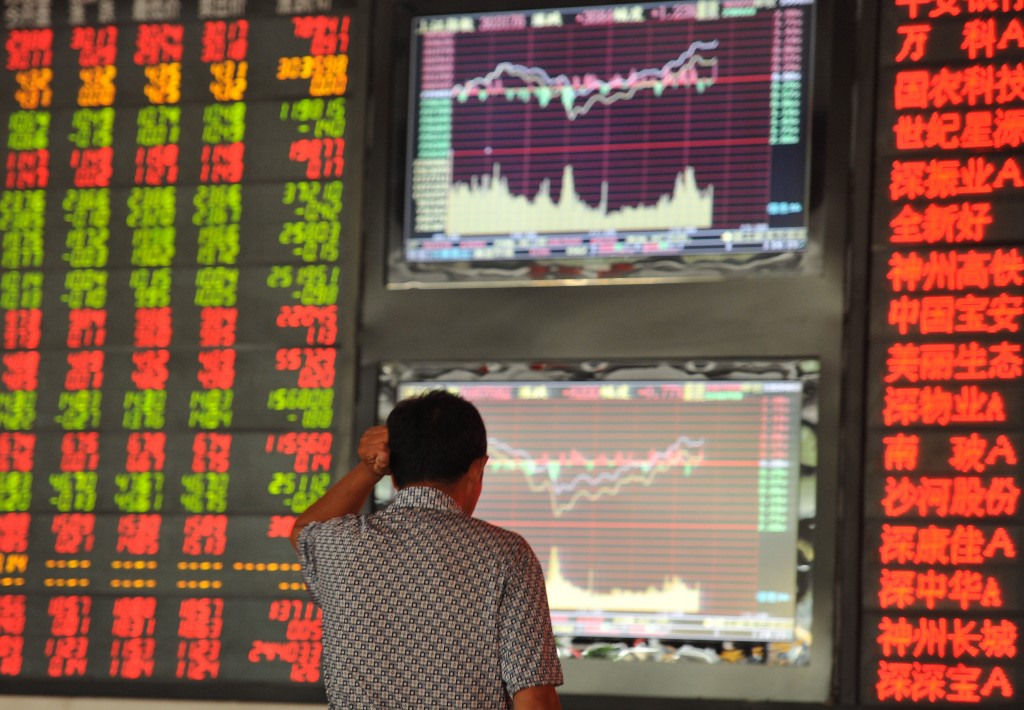(ATF) On August 18, the S&P 500 extended its post-Covid-19 rally and reached record high levels. The collapse caused by the epidemic in March almost seemed a distant, unpleasant memory.
Reaching a record high was once remarkable. New US equity market price records were achieved roughly every decade since the 1940s.
A cursory glance at a price chart since 2008 shows the market has been continually climbing to new peaks. What once was remarkable, now is not. In the US, over the last decade, record high prices have been made to be broken.
But the speed of the recovery to fresh record highs was also remarkable. Less than five calendar months passed from the Covid-19 trough. For many investors in the US and globally, those months were passed in lockdown. We watched from living rooms rather than offices and workplaces as the fleeting bear market gave way to a bull market and the Fed threw everything it had and then some at the economy. Washington helped with fiscal largesse.
The US economy is now recovering. And the earnings outlook is improving with it. Liquidity helped the initial rally. We think the US equity market can continue to climb even higher before the improved earnings outlook is fully priced.
China is a different matter.
China’s A-share market is higher in the year-to-date. But China’s equities have not fully regained their pre-GFC peak reached in 2007. There have been no new price records set. It is almost 13 years later and the price index remains lower. This is in stark contrast to the US S&P500, which is more than double the record high price set in October 2007.
A wild ride
China’s equity market has had some false starts. Exciting and dramatic rallies in late-2008 and another in mid-2014 eventually gave way before that historic record high level was broken. A more gradual path higher between 2016 and 2017 preceded a big bear market in 2018.
Why have Chinese equities not reached prior peaks?
Chinese equity markets have had a wild ride over the past decade and more. This is despite solid and relatively stable economic growth, increasing economic importance globally, and progress on financial and capital market liberalisation.
Several narratives have been used to explain equity market volatility amid economic strength. One such narrative is that China has a narrow stock market unrepresentative of the broader economy, dominated by retail investors, with at-times unhealthy addiction to margin lending. For international investors, China was a sideshow with limited participation.
We think that is changing.
Structural shifts in global indexing and benchmarking mean that international investors can no longer sit on the sidelines. China will become an important source of ‘alpha’ for institutional and retail investors alike. China’s market will move from being whipsawed by domestic retail investors gorging on margin loans, to better reflect corporate and economic fundamentals.
Those fundamentals look positive right now.
China managed the Covid-19 crisis as well as any nation. Lockdowns were implemented early. Quarantining and social distancing were enforced.
The economic impact was severe in Q1. GDP was 6.8% lower compared with a year earlier.
The People’s Bank of China stepped in and cut lending rates and banks’ reserve requirement ratios and provided cheap loans for companies hurt during the collapse.
The government provided targeted fiscal stimulus to support sectors that were suffering from the impact of the pandemic.
China’s economic policy helped a rapid return to growth.
Self-sustaining recovery
We are not expecting a “V-shaped” economic recovery. The strong recovery seen so far will slow. But the economy expanded in Q2 and has continued to grow through Q3. Recent industrial production and retail sales data show cautious businesses and households are starting to spend. A self-sustaining recovery is underway.
Importantly, there are fewer signs of the troublesome excesses experienced in the wake of the powerful stimulus enacted in 2008. China’s authorities have managed to retain some monetary and fiscal firepower against the risk of further economic deterioration or pandemic-related problems.
The Chinese economic outlook is improving. But we think China’s equity market has still not fully priced the improved economic outlook – even taking account of the steep rally in early July.
There are some good reasons for this. Pandemic-related uncertainty is still elevated, even with China’s effective countermeasures. Chinese-US relations remain tense. The US election adds further uncertainty to the direction of this important geopolitical relationship. Investors – particularly global investors – have been understandably cautious faced with these uncertainties.
Even so, we expect the Chinese equity market rally to continue over the medium-term.
China’s A-share market has been one of the best-performing globally in 2020. The rally has come off historically cheap valuations. We don’t think current valuations indicate a level of irrational exuberance that could be a barrier to a sustained rally.
In our view, the economic fundamentals justify further gains. And to get to the point, we think it is only a matter of time before China’s A-share equity market regains the peak level it set way back in 2007.
























